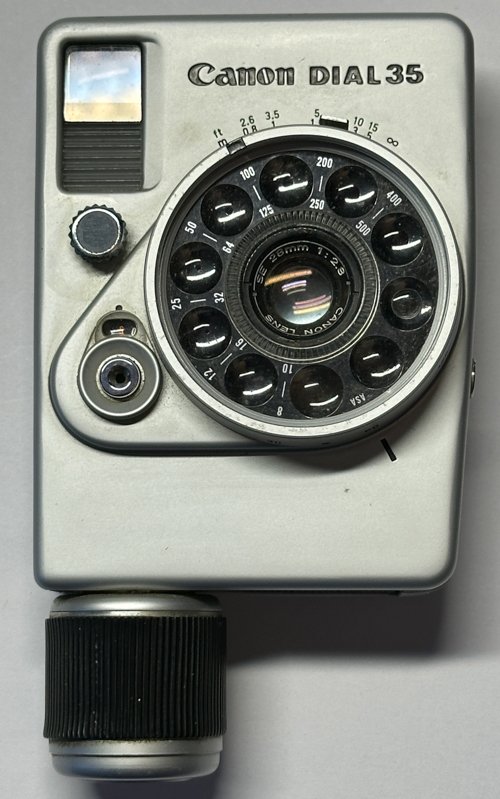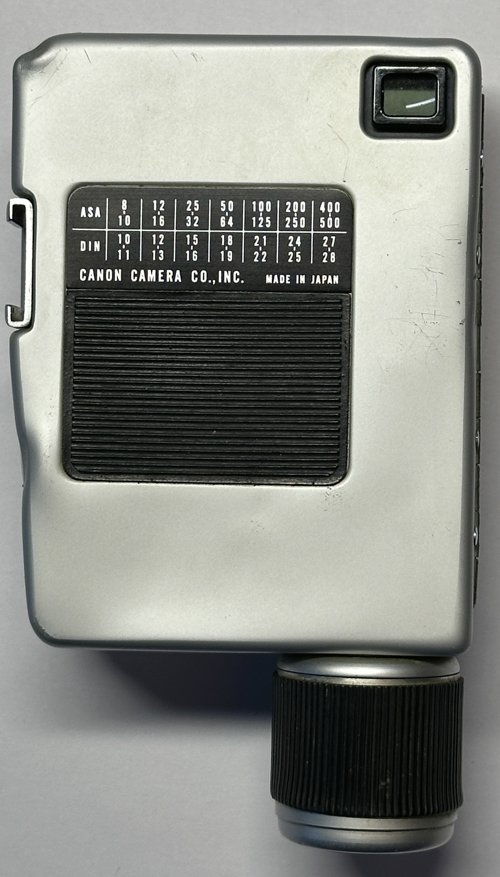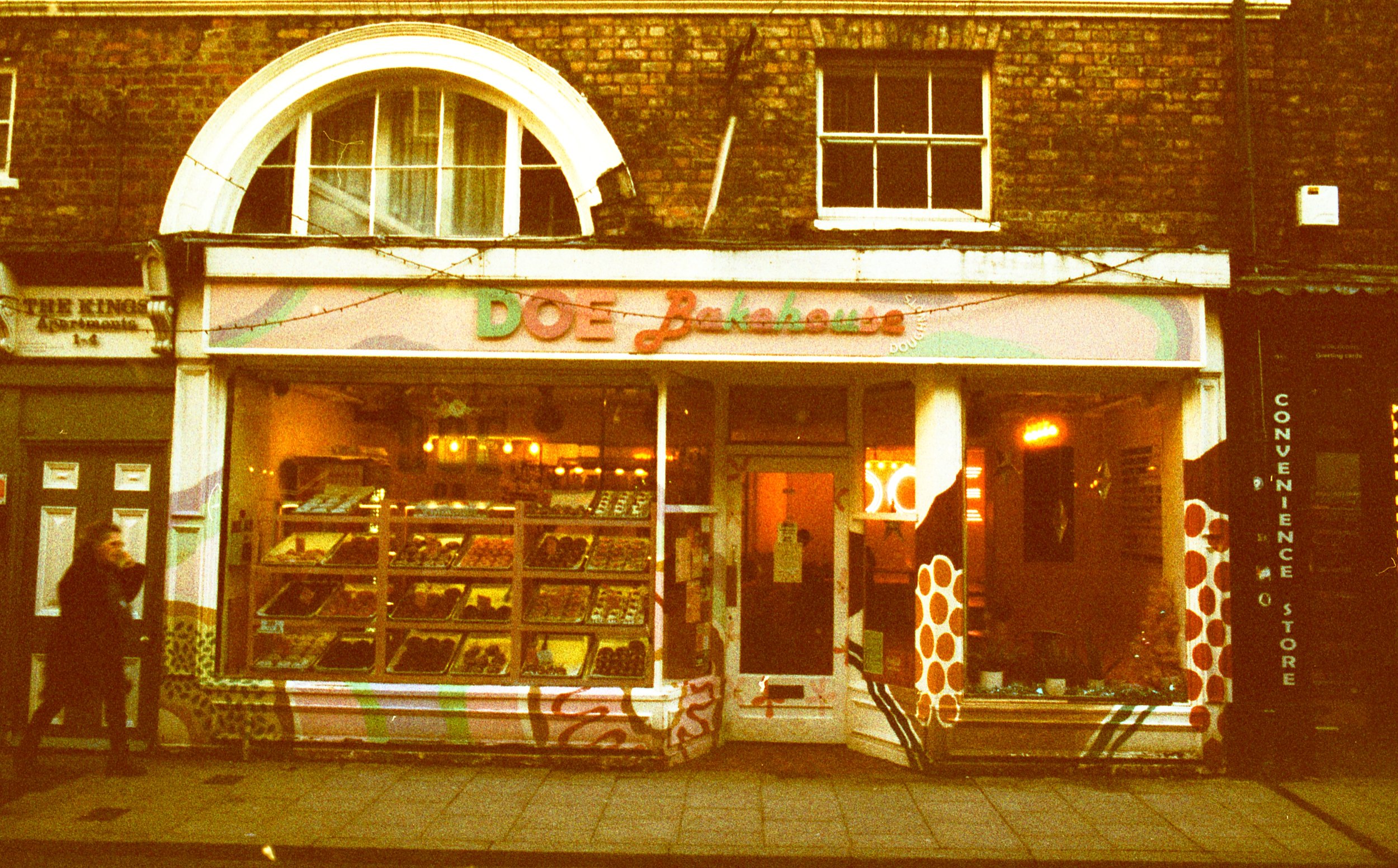I seem to have bought 19 cameras...
/For reasons that I can’t fully explain I’ve become mildly obsessed with owning a Canon Dial 35 camera. This is a clockwork half-frame camera which dates from the 1960’s. Above you can see my first attempt at purchasing such a camera. It doesn’t look too bad does it? This is how it looked on the ebay listing that I eagerly perused.
..and this is the picture of the back. Needless to say, this picture was not on ebay. It turns out that it is best if your purchasers don’t know that the camera they are thinking of buying has been used to knock in tent pegs.
The camera doesn’t work. In fact it is actually one solid block of stuff. Nothing inside it moves. All the gears have rusted solid. It turns out that knocking in tent pegs might actually be a good use for it. So today, rather than question why I want one of these cameras, I’ve upped the anti a bit by ordering a lot of 19 broken cameras which include a Canon Dial 25 among their number. Most of them are plastic point and shoot devices of little interest but one or two of them might be gems. We shall see.










































